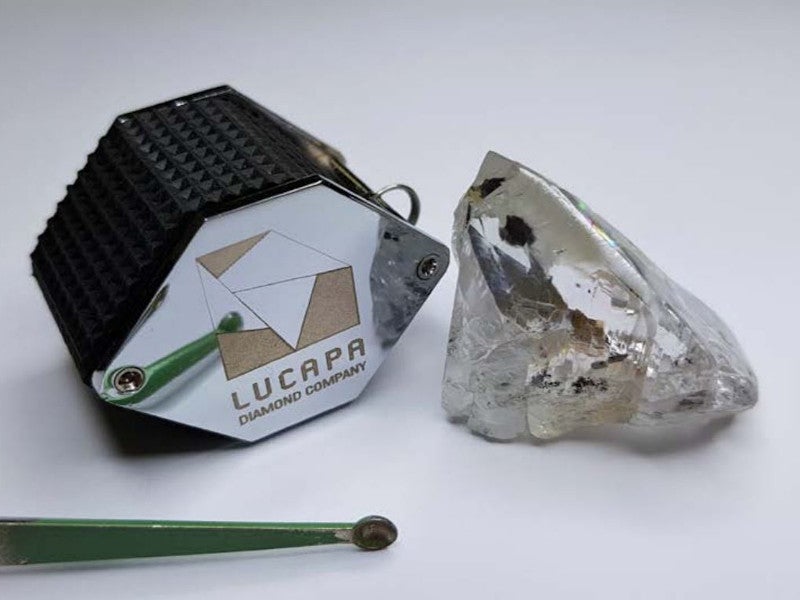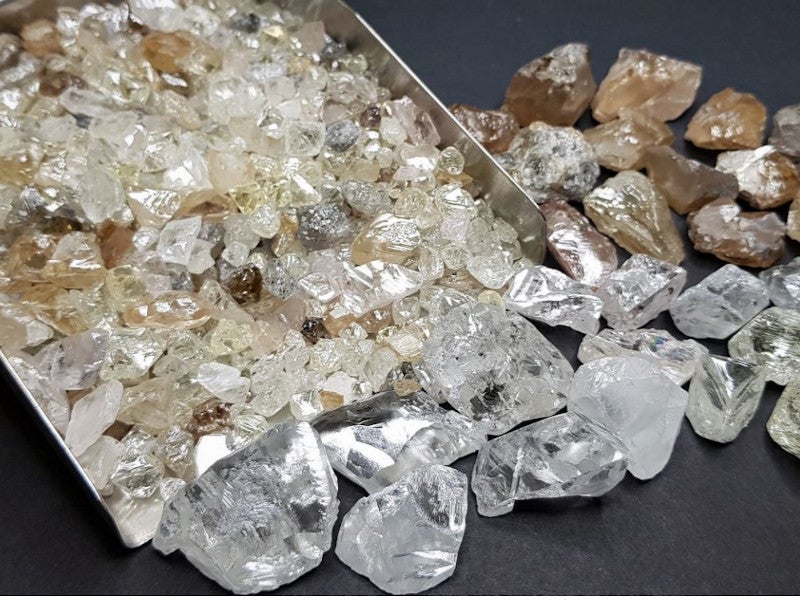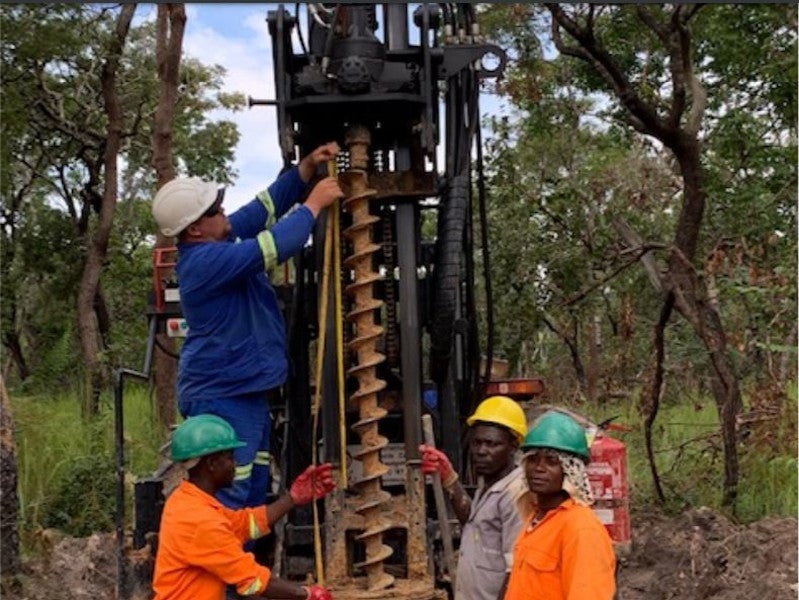Lulo diamond mine is located in the Southern African nation of Angola. The diamonds sourced from the operation include large single diamonds weighing more than 10.8 carats (ct), high-end type IIa gems, and pink and yellow coloured diamonds.
The notable recoveries included four diamonds weighing more than 100ct, including a 404ct diamond, which is the biggest in Angola.
The project delivered a 171ct gem-quality white diamond in May 2020, its 15th recovery of +100ct diamonds. The mine witnesses alluvial mining and kimberlite exploration activities.
The kimberlite exploration is performed through a joint venture (JV) known as Projecto Lulo, which holds the exploration licence. The alluvial mining operation is held by the Sociedade Mineira Do Lulo (SML).
Lucapa holds a 39% interest in Project Lulo and a 40% in SML and operates both the alluvial mining and kimberlite exploration. The remaining interests in the Project Lulo JV are held by Endiama (51%) and Rosas & Petalas (10%). Lucapa is planning to increase its ownership in the Project Lulo JV and secure additional funding for the advancement of the kimberlite exploration programme.
Lulo achieved commercial production in January 2015 through alluvial mining operations. The diamond resources at the operation stood at 100,700ct, as of December 2019.
Location of Lulo diamond mine
The Lulo diamond mine spans across a concession area of 3,000km² in Lunda Norte, situated 630km east of Angola’s capital city of Luanda.
The 35-year mining licence spans across 218km², including 50km of the Cacuilo River as well as its valley and terraces.
The Lunda region includes the Luaxe, Catoca and Camutue kimberlites along with substantial alluvial mining operations.
Geology and mineralisation
The Lulo mine is situated in a tectonic and stratigraphic setting where the Lucapa Graben geological belt crosses the Cuango basin. The Lucapa Graben belt contains the majority of kimberlite mines in the region, along with the world’s fourth-largest mine, Catoca.
The deposit comprises diamond-bearing alluvial systems, with the kimberlite pipes hosted by flat-lying Proterozoic sediments within the belt. The recovered diamonds are high-quality, large-sized gems occurring along with lower quality stones of smaller size. The exploration programme indicated that the project is located close to the source of the larger diamonds.
The large-sized Lulo diamonds have an uneven shape with rugged edges. The study of the diamonds’ surface texture shows very slight abrasion, indicating a proximal source.
Mining and exploration at Lulo mine
The exploration works undertaken at the Lulo concession indicated 296 kimberlite targets in two clusters of eastern and western kimberlite provinces. Of the identified targets, 96 are proven or probable kimberlites and four are diamond-bearing pipes.
The alluvial exploration concentrates on a 50km span of the Cacuilo River running through the concession. The first stage of the Alluvial exploration involved the ramping-up of mining operations to a monthly throughput target of 10,000-14,000 bulk cubic metres (bcm) and the second stage aims to ramp-up the throughput to 40,000bcm a month using additional earthmoving fleet and in-field screening plants. The mine began commercial operations in January 2015.
The kimberlite exploration is designed to detect the hard-rock sources of the Lulo alluvial diamonds and the campaign is conducted in two phases.
The first phase of kimberlite exploration focused on the excavation of extensive bulk samples for evaluation, as well as testing of the diamond-bearing pipes. The second phase involves a core and reverse circulation (RC) drilling programme for analysing 48 priority kimberlite targets in the main western kimberlite province.
Lulo unveiled significant exploration results in February 2020, increasing the focus of kimberlite search on five prospective pipes and two anomalies in the Canguige catchment. The stream bulk sampling of the Canguige tributary led to the recovery of a total of 45 diamonds weighing 30.3ct.
The drilling of these pipes is being undertaken during the wet season to process the bulk sample for testing in the second quarter of 2020.
Processing at Lulo diamond mine
The processing of the samples and production material is performed through a dense media separation (DMS) plant.
The Lulo diamond plant has a capacity of 1.1Mtpa and employs a 420mm diameter cyclone and a head feed processing rate of 150tph.
The plant’s recovery process involves DMS separation, as well as the use of X-ray sorting technique for heavy concentrate and hand sorting for X-ray concentrate. It is incorporated with XRT large-diamond recovery technology which can recover individual diamonds of up to 1,100ct.
A Flowsort X-ray sorting machine is used to recover the diamonds from the DMS concentrate. It is followed by visual sorting. The efficiency of the DMS is tracked using density beads.
Infrastructure
The infrastructure at Lulo mine includes a diamond processing plant with a capacity of 150tph, along with earthmoving equipment and a camp to accommodate workers.






